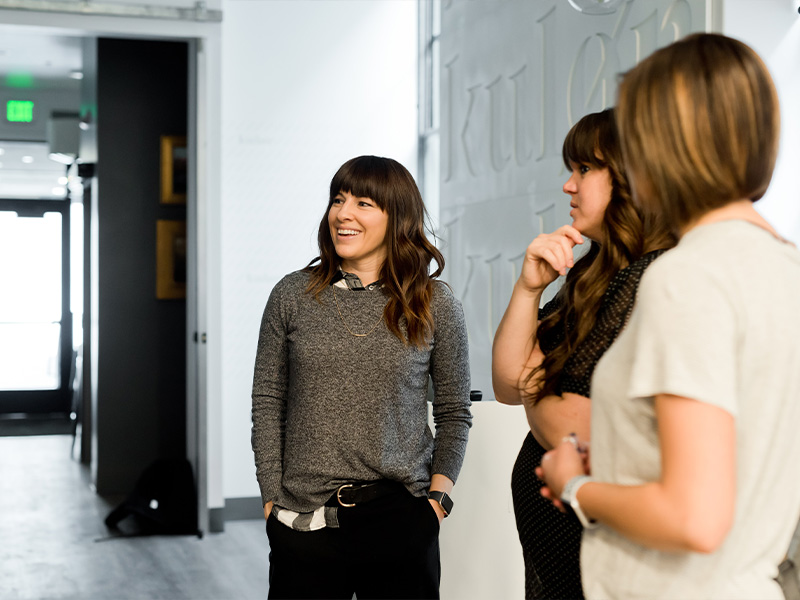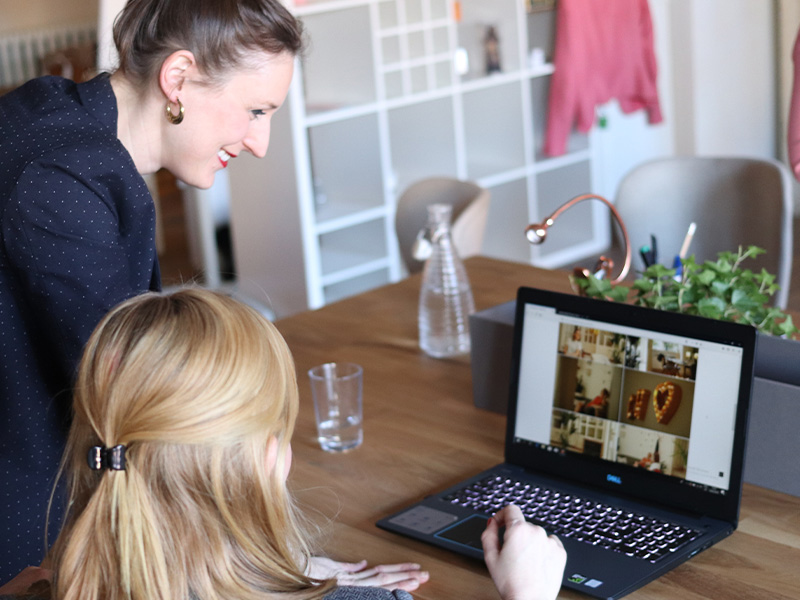Design thinking is a fragile and elusive process – the more you try to tie it down with procedure, the more you take the magic away.
Imagine defining a step-by-step formula for making friends – “start by talking about the weather…” and so on – this is plainly absurd. An overly prescriptive approach will destroy what you are seeking to achieve.
Design thinking puts people at the centre of innovation and arrives there through a looping journey of rapid iterations. But it’s easier to define by what it isn’t. It’s not a rigid sequential process, but nor is it completely random – it has structure. Users – rather than technology – are the focus but they don’t hold all the answers.
If you ask customers what they want, they can only tell you what they know. Fifteen years ago, no one would have said they needed a smart phone, because they didn’t exist. Today, technology promises further transformations – we just don’t know what yet.
Whether or not Henry Ford ever said, “if I’d asked people what they wanted, they would have said ‘faster horses’,” the wisdom is evident. There has to be a better way of innovating rather than endless market research. And with the right approach, there are very few areas of business – from services to products – or even our lives that design thinking can’t improve.
In this approach, the solution comes at the end of the process, not at the beginning. Design thinking begins with close observation of the lives of others. You must step back and look at a problem through a different lens.
What’s it like to be the parent of three young children driving to the weekly supermarket shop? Design thinking relies upon identifying the assumptions that everybody has – and then debunking them. A parent will tell you car seats are awkward, kids cry and they don’t know where to put the bags. But will they tell you that car windows should be lower so a child can see more than a door and a seat in front of them? That a car boot should have different compartments? By observing in-depth, design thinkers can gain a holistic understanding of problems.
They can then begin to challenge existing practices and assumptions and move to the ‘what if’ stage. This opens up opportunities and new ideas, unencumbered by what has gone before. And the third stage in the process is to test an idea, a service or a prototype, to see if it has legs. A series of experimental pilots will generate insights – and these can feed back into a looping process of iteration. This process ultimately results in something truly innovative that has been thoroughly tested.

Take distance learners’ experience of higher education as another example. Academics assume for instance that when students do come to campus in person, they want to be in a lecture room. If you were to ask students themselves, they might suggest shorter days, but they wouldn’t tell you they don’t want to sit through classroom lectures, for fear of offending. Here a design thinker would examine these preconceptions closely from a different perspective to understand what universities and academics are missing.
By using tools and involving those involved in processes such as brainstorming, mind-mapping, and visualising, it becomes possible to move to the ‘what if’ stage – what if students came to campus to do something other than learn? What if they could network, socialise, visit companies, and discuss cool topics instead? Again here follows an iterative process of testing, trial and error to refine potential choices before reaching successful alternatives.
What can go wrong?
Companies fail to embrace true design thinking because it’s a process which doesn’t fit a precise timeline or budget. Leaders are uncomfortable with this level of ambiguity.
Even when businesses believe they are deploying design thinking, they are often repeating the same approach to innovation as before, but with slightly different labels. By far the most favoured approach to innovation remains the ‘waterfall’ methodology which follows a tightly controlled linear sequence with defined timings and deliverables.
Technology can also hijack the focus of innovation, diverting away from the users themselves. Banks, airlines, GP surgeries might choose to streamline a process or produce an app – but in fact, what the consumer wants is an easier or better service – and an app or a faster process doesn’t guarantee that.
Instead, human interests and values must take centre stage – digital transformation is a means to an end. We don’t, for instance, need lightbulbs that glow in 20 different colours, just because the technology exists. The smart fridge that tells you your milk is off is not that useful – it’s easier to just sniff it. But a fridge that can tell you what ingredients are missing from your recipe is more useful, as is the oven that anticipates how hot it should be for a crispy pizza crust.
A true design thinking approach aims to use digital innovation to improve an experience rather than pushing through some whizzy tech in the hope that it’s what users want. People should come first in everything that is considered, thought about and acted upon.
If businesses don’t embrace processes which can unlock new ideas, they risk obsolescence. And we’d still be chasing faster horses.
Find out more on the Warwick Executive Diploma in Digital Leadership here.
About the author
Pietro Micheli is Professor of Business Performance and Innovation and the author of Measure Madness: recognizing and avoiding the pitfalls of performance management.
He lectures on Managing Organisational Performance on the Executive MBA and Executive MBA (London) and Operations Advantage on the Distance Learning MBA, plus Design in Business on the suite of MSc Business courses and the Undergraduate programme.
Follow Pietro Micheli on Twitter @PietroMicheli13.
As a member of WeAreTheCity, if you successfully apply for one of Warwick Business School’s Executive Diplomas or MBA programmes, you are entitled to a 25% discount on your tuition fee.
To claim your discount or find out more about these part-time, Masters-level leadership programmes, please email [email protected]. To receive this offer, you need to be a WeAreTheCity member. Please sign up here.









